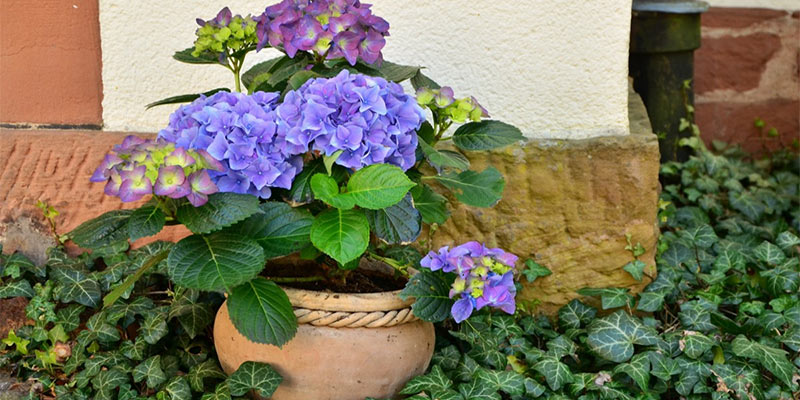
Our gardens can always do with a few improvements to make them more functional, safer or easier to spend time in. It’s never too late to make some changes, even if you don’t have much of a green finger.
Here are a few ideas to get you started.
Strengthen the Paths
The footpaths in gardens are not always built terribly well. Sometimes they have a slightly rocky foundation causing a paving stone to wobble when you step on it. Other times, paving stones are lined up poorly or have edges sticking up because they’re uneven is a tripping hazard.
It can make sense to get a new footpath put into place to avoid having an accident in the future. Using a form of geogrid reinforcement provides additional strength for the area beneath the paving stones. The grid-like layout also helps to keep the paving stones more uniform for a better, more stable walking surface too.
The Geogrid system was developed by Maccaferri, a major engineering company. This article explains how it works if you don’t know much about it – it’s very clever. It’s also useful to know that the same geogrid reinforcement technology is used for public footpaths, in some airports, and other surfaces to make them more uniform and safer.
Compost Bin
Do you have a compost bin? Maybe you do but it’s been left. The sheer lack of attention to it means it won’t produce any nutrient-rich soil in the future. It’s time to start anew with a new compost bin if that’s the case and if you don’t have a compost heap, let’s get started with one.
You can begin from the ground up. Here’s how:
- Clear away anything unproductive to get down to the earth layer
- Find any stray twigs and leaves to lay a foundation
- Use alternating layers of moist and dry items
- Add some grass clippings from a recent lawn mowing
- Sprinkle some water occasionally to avoid the compost getting dry
- Cover with plastic sheeting or something similar
- Rake over the compost every few weeks to move air around
Use Planters
Planters in the garden help to both emphasise borders between one section of the garden and another. Planter designs come in all shapes, sizes, and materials, so you’re free to pick one to match the overall aesthetic of its nearby surroundings.
A planter is self-contained, so depending on the flowers growing inside one, it can be positioned indoors or outdoors. However, the longer ones are more suitable to be placed outdoors. Do away with the boring black plastic planter that came with the plant and give it some proper presentation with something far more interesting.
Making a few changes or upgrades to your garden can encourage you to spend more time there. If you’ve gotten out of the habit of spending time tending to plants, isn’t it time to start again?
